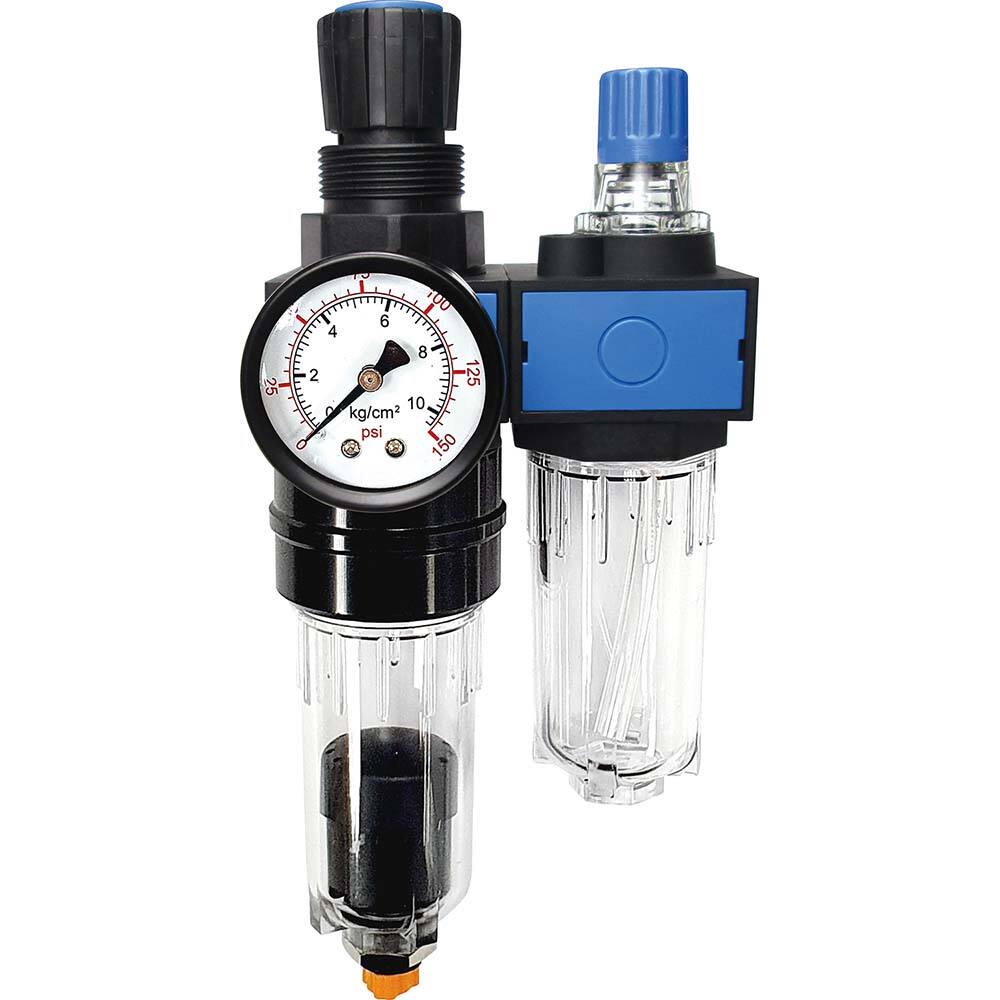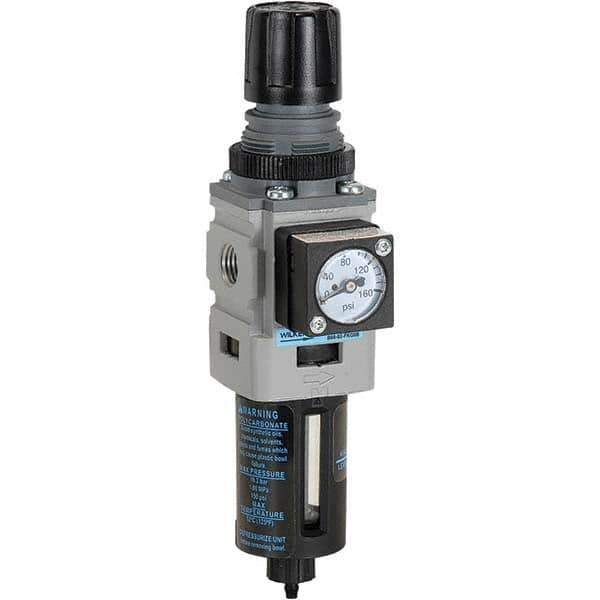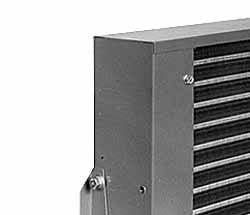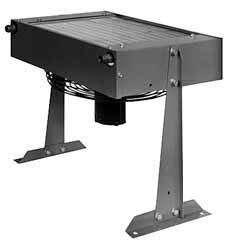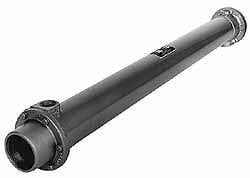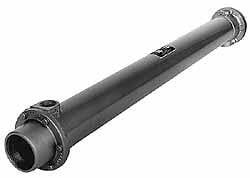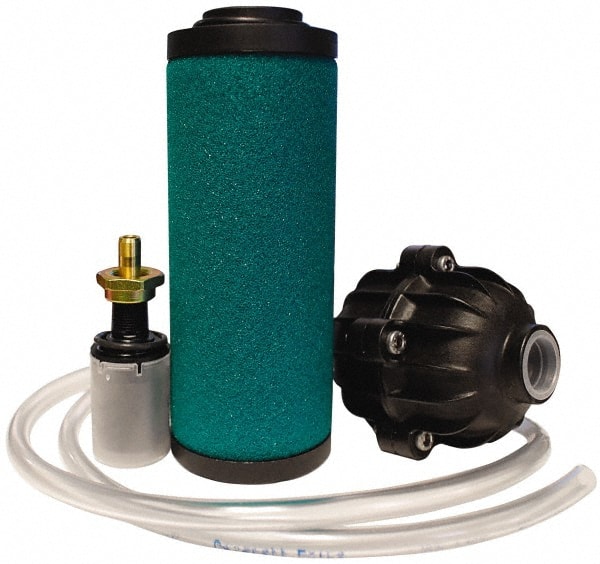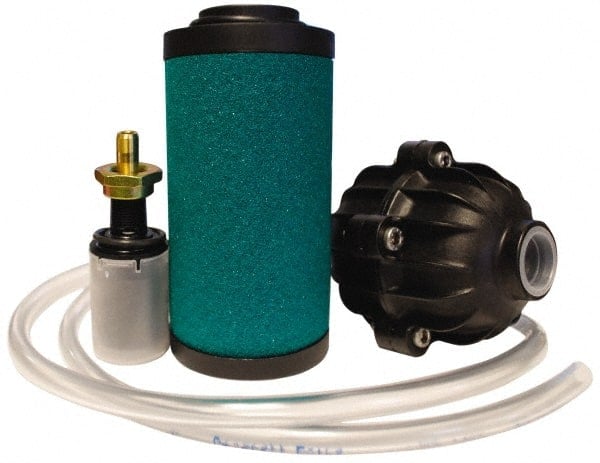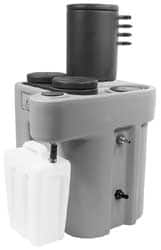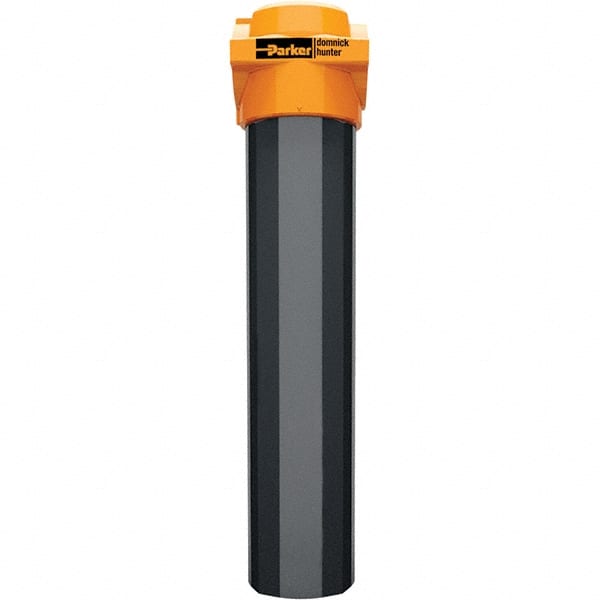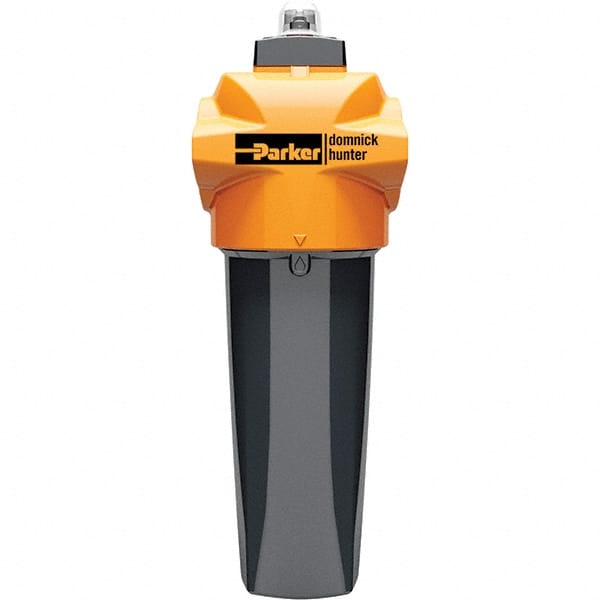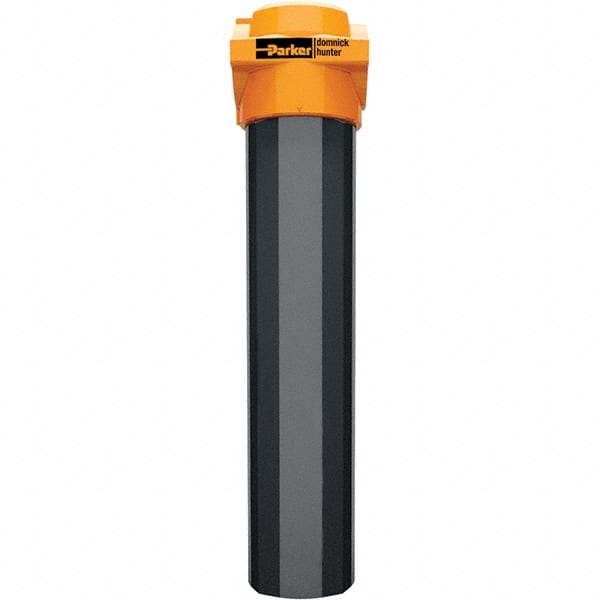Maximizing Pneumatic System Efficiency: The Essential Role of FRLs & Air Preparation
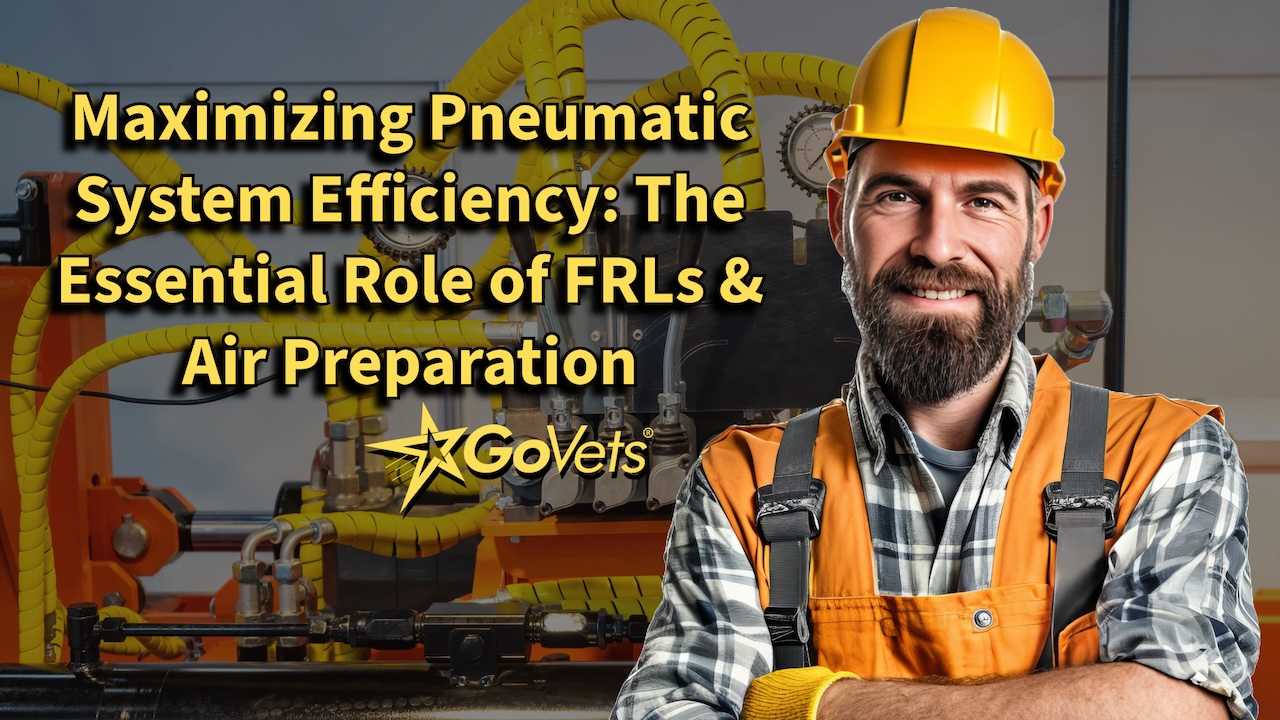
Introduction
In the realm of industrial pneumatics, ensuring optimal performance and longevity of pneumatic systems is paramount. The cleanliness and control of compressed air directly impact the efficiency and reliability of machinery and tools. This comprehensive guide delves into the vital role of Filters, Regulators, and Lubricators (FRLs) and other air preparation components, providing insights into their functions, applications, benefits, and maintenance. Whether you're in manufacturing, automotive, or any industry reliant on pneumatic systems, understanding these components is essential for maximizing efficiency and productivity.
- Filters, Regulators & Lubricators (FRL) & Air Preparation
- Aftercoolers
- Air Dryers
- Filters, Regulators & Lubricators (FRL)
- Oil & Water Separators
1. Filters, Regulators & Lubricators (FRL) & Air Preparation
Overview
Filters, regulators, and lubricators (FRLs) form the backbone of air preparation systems in pneumatic setups. FRL units are designed to filter out contaminants, regulate air pressure, and lubricate moving parts, ensuring clean and controlled airflow to pneumatic tools and equipment.
Top Applications
- Manufacturing Plants
- Automotive Workshops
- Construction Sites
- Aerospace Industry
- Pharmaceutical Facilities
Top Reasons to Use This Product
- Efficiency: FRLs optimize pneumatic system performance, reducing downtime due to equipment failure.
- Longevity: By filtering out moisture and contaminants, FRLs extend the lifespan of pneumatic tools and machinery.
- Energy Savings: Properly regulated air pressure minimizes wastage and reduces energy consumption.
- Improved Product Quality: Clean, lubricated air prevents tool malfunction and ensures consistent product quality.
- Safety: FRLs contribute to a safer working environment by minimizing the risk of equipment malfunction or pneumatic system failure.
Top FAQs and Answers
- How often should FRL components be replaced?
- It's recommended to replace filter elements every six months to maintain optimal filtration efficiency.
- What size FRL unit do I need for my application?
- The size of the FRL unit depends on factors such as air flow rate, pressure requirements, and the number of pneumatic tools connected. Consult with a pneumatic system expert for proper sizing.
- Can FRL units be installed outdoors?
- While some FRL units are designed for outdoor use, it's essential to check the manufacturer's specifications for suitability in outdoor environments.
- Do FRL units require regular maintenance?
- Yes, regular maintenance, including filter element replacement and lubricator refilling, is necessary to ensure optimal performance and longevity.
- How do FRL units contribute to energy savings?
- By regulating air pressure and reducing leaks, FRL units minimize energy wastage, leading to cost savings over time.
- Can FRL units remove oil and water from compressed air?
- Yes, FRL units equipped with oil and water separators effectively remove contaminants, ensuring clean compressed air.
- Are FRL units compatible with all pneumatic tools?
- FRL units are compatible with a wide range of pneumatic tools, but it's essential to ensure proper sizing and compatibility with specific tool requirements.
- Can FRL units be retrofitted to existing pneumatic systems?
- Yes, FRL units can often be retrofitted to existing pneumatic systems with the help of adapters and fittings.
- What are the signs that FRL components need replacement?
- Signs such as decreased system efficiency, increased tool malfunctions, or visible contamination indicate the need for FRL component replacement.
- Do FRL units come with warranties?
- Many FRL units come with manufacturer warranties, providing coverage for defects and malfunctions within a specified period.
Product Recommendations
2. Aftercoolers
Overview
Aftercoolers are essential components in air compression systems, designed to remove moisture and reduce the temperature of compressed air, improving efficiency and protecting downstream equipment.
Top Applications
- Air Compressors
- Refrigeration Systems
- Industrial Dryers
- Turbines
- Chemical Processing Plants
Top Reasons to Use This Product
- Moisture Removal: Aftercoolers effectively remove moisture from compressed air, preventing corrosion and water damage to downstream equipment.
- Temperature Reduction: By reducing the temperature of compressed air, aftercoolers enhance the efficiency and performance of pneumatic tools and machinery.
- Extended Equipment Lifespan: Dry, cool air reduces wear and tear on pneumatic components, extending their lifespan and minimizing maintenance requirements.
- Energy Savings: Aftercoolers reduce the workload on downstream equipment, resulting in energy savings and increased efficiency.
- Improved Product Quality: Eliminating moisture from compressed air ensures consistent product quality in manufacturing processes.
Top FAQs and Answers
- How does an aftercooler work?
- Aftercoolers use ambient air or water to lower the temperature of compressed air, causing moisture to condense and be removed before entering downstream equipment.
- What types of aftercoolers are available?
- Aftercoolers come in various types, including air-cooled and water-cooled models, each suitable for different applications and operating conditions.
- What are the benefits of water-cooled aftercoolers?
- Water-cooled aftercoolers offer higher cooling efficiency and are suitable for high-temperature applications or environments with limited airflow.
- Can aftercoolers remove oil from compressed air?
- Aftercoolers primarily remove moisture from compressed air, but some models feature additional filtration to remove oil and contaminants.
- Do aftercoolers require regular maintenance?
- Yes, regular maintenance, including cleaning and inspection of cooling fins and tubes, is essential to ensure optimal performance and longevity.
- Are aftercoolers compatible with all air compressors?
- Aftercoolers are compatible with most air compressors but may require additional fittings or adapters for proper installation.
- Can aftercoolers be installed outdoors?
- While some aftercoolers are designed for outdoor use, it's essential to check the manufacturer's specifications for suitability in outdoor environments.
- What is the difference between an aftercooler and an intercooler?
- An aftercooler is used to cool compressed air after it leaves the compressor, while an intercooler cools air between compressor stages in multi-stage compression systems.
- Can aftercoolers prevent condensation in pneumatic systems?
- Yes, aftercoolers remove moisture from compressed air, preventing condensation and corrosion in pneumatic systems.
- Do aftercoolers affect compressed air pressure?
- While aftercoolers reduce the temperature of compressed air, they typically have minimal impact on air pressure.
Product Recommendations
3. Air Dryers
Overview
Air dryers play a crucial role in air compression systems by removing moisture from compressed air, ensuring clean and dry air for pneumatic applications.
Top Applications
- Spray Painting
- Powder Coating
- Instrumentation
- Food Processing
- Pharmaceutical Manufacturing
Top Reasons to Use This Product
- Moisture Control: Air dryers effectively remove moisture from compressed air, preventing corrosion and water damage to pneumatic equipment.
- Improved Efficiency: Dry air reduces the risk of tool malfunction and ensures consistent performance of pneumatic systems.
- Product Quality: Clean, dry air is essential for maintaining product quality in industries such as food processing and pharmaceutical manufacturing.
- Extended Equipment Lifespan: By preventing moisture-related damage, air dryers extend the lifespan of pneumatic tools and machinery.
- Energy Savings: Dry air reduces the workload on air compressors and downstream equipment, resulting in energy savings and increased efficiency.
Top FAQs and Answers
- What types of air dryers are available?
- Air dryers come in various types, including refrigerated, desiccant, and membrane dryers, each suitable for different applications and moisture removal levels.
- How do refrigerated air dryers work?
- Refrigerated air dryers use cooling systems to lower the temperature of compressed air, causing moisture to condense and be removed before entering pneumatic systems.
- Are desiccant air dryers more effective than refrigerated air dryers?
- Desiccant air dryers offer lower dew points and are suitable for applications requiring extremely dry air, such as pharmaceutical manufacturing and electronics production.
- Do air dryers require regular maintenance?
- Yes, regular maintenance, including filter replacement and desiccant regeneration, is essential to ensure optimal performance and moisture removal efficiency.
- Can air dryers remove oil and contaminants from compressed air?
- While air dryers primarily remove moisture, some models feature additional filtration to remove oil and contaminants, ensuring clean and dry compressed air.
- What is the dew point of compressed air?
- The dew point is the temperature at which moisture in compressed air begins to condense, indicating the level of moisture saturation in the air.
- Can air dryers be installed outdoors?
- While some air dryers are designed for outdoor use, it's essential to check the manufacturer's specifications for suitability in outdoor environments.
- How do membrane air dryers differ from other types of air dryers?
- Membrane air dryers use semi-permeable membranes to remove moisture from compressed air, making them suitable for low-flow applications and environments with space constraints.
- Are air dryers compatible with all air compressors?
- Air dryers are compatible with most air compressors, but proper sizing and installation are essential for optimal performance and moisture removal efficiency.
- Can air dryers eliminate condensation in pneumatic systems?
- Yes, air dryers remove moisture from compressed air, preventing condensation and corrosion in pneumatic systems.
Product Recommendations
4. Filters, Regulators & Lubricators (FRL)
Overview
Filters, regulators, and lubricators (FRLs) are essential components in pneumatic systems, providing filtration, pressure regulation, and lubrication to ensure clean and controlled airflow to pneumatic tools and equipment.
Top Applications
- Manufacturing Facilities
- Assembly Lines
- Industrial Workshops
- Automotive Repair Shops
- HVAC Systems
Top Reasons to Use This Product
- Filtration: FRL units filter out contaminants, ensuring clean and dry compressed air for pneumatic applications.
- Pressure Regulation: Regulators maintain consistent air pressure, preventing damage to pneumatic tools and equipment due to overpressure or pressure fluctuations.
- Lubrication: Lubricators provide controlled lubrication to pneumatic components, reducing friction and wear for smooth operation and extended lifespan.
- System Protection: FRL units protect pneumatic systems from moisture, dirt, and other contaminants, minimizing the risk of equipment failure and downtime.
- Energy Efficiency: Properly maintained FRL units optimize pneumatic system performance, reducing energy consumption and operating costs.
Top FAQs and Answers
- What is the purpose of a filter in an FRL unit?
- The filter removes moisture, oil, dirt, and other contaminants from compressed air, ensuring clean and dry air for pneumatic applications.
- How does a regulator work in an FRL unit?
- The regulator maintains a consistent downstream air pressure, regardless of fluctuations in upstream pressure, ensuring stable operation of pneumatic tools and equipment.
- Why is lubrication important in pneumatic systems?
- Lubrication reduces friction and wear between moving parts, ensuring smooth operation and extended lifespan of pneumatic components.
- How often should FRL components be inspected and maintained?
- FRL components should be inspected regularly and maintained according to the manufacturer's recommendations to ensure optimal performance and reliability.
- Can FRL units be installed in any orientation?
- While most FRL units can be installed in any orientation, it's essential to follow the manufacturer's guidelines for proper installation and operation.
- Do FRL units require a separate air supply?
- FRL units are typically connected directly to the compressed air supply line, providing filtration, regulation, and lubrication to downstream equipment.
- Can FRL units be used with high-pressure compressed air?
- Yes, FRL units are available in various pressure ratings to accommodate different compressed air systems, including high-pressure applications.
- What is the lifespan of FRL components?
- The lifespan of FRL components varies depending on factors such as usage, operating conditions, and maintenance practices but can typically range from several years to a decade or more.
- Can FRL units be used with other gases besides air?
- While FRL units are primarily designed for use with compressed air, some models may be compatible with other gases depending on their construction and compatibility with specific gases.
- Are FRL units suitable for outdoor use?
- While some FRL units are designed for outdoor use, it's essential to check the manufacturer's specifications for suitability in outdoor environments and exposure to elements.
Product Recommendations
5. Oil & Water Separators
Overview
Oil and water separators play a crucial role in maintaining the purity of compressed air by removing oil and water contaminants, ensuring clean and dry air for pneumatic applications.
Top Applications
- Pneumatic Tools
- Air Compressors
- Painting Systems
- Laboratory Equipment
- Medical Devices
Top Reasons to Use This Product
- Contamination Removal: Oil and water separators effectively remove oil, water, and other contaminants from compressed air, ensuring clean and dry air for pneumatic tools and equipment.
- Equipment Protection: By removing moisture and oil, separators protect pneumatic components from corrosion, wear, and damage, extending their lifespan and minimizing maintenance requirements.
- Product Quality: Clean, dry air is essential for maintaining product quality in industries such as painting, food processing, and pharmaceutical manufacturing.
- Safety Assurance: Oil and water separators contribute to a safer working environment by reducing the risk of equipment failure and pneumatic system malfunction.
- Environmental Compliance: Separators help ensure compliance with environmental regulations by preventing oil and water contamination in pneumatic systems and downstream processes.
Top FAQs and Answers
- How does an oil and water separator work?
- Oil and water separators use various methods such as coalescing filters, centrifugal separation, or adsorption to remove oil and water contaminants from compressed air.
- What types of oil and water separators are available?
- Oil and water separators come in various types, including coalescing filters, centrifugal separators, and adsorption towers, each suitable for different applications and contamination levels.
- Do oil and water separators remove all oil and water from compressed air?
- While separators effectively remove the majority of oil and water contaminants, they may not eliminate all traces, especially in high-moisture or high-oil environments.
- How often should oil and water separators be serviced?
- Oil and water separators should be serviced regularly according to the manufacturer's recommendations to ensure optimal performance and contamination removal efficiency.
- Can oil and water separators be retrofitted to existing pneumatic systems?
- Yes, oil and water separators can often be retrofitted to existing pneumatic systems with the help of adapters, fittings, and proper installation techniques.
- Are oil and water separators compatible with all pneumatic tools and equipment?
- Oil and water separators are compatible with most pneumatic tools and equipment but may require proper sizing and installation for optimal performance.
- Do oil and water separators require special maintenance?
- While basic maintenance, such as filter replacement and drainage, is necessary for oil and water separators, they typically require less maintenance compared to other air preparation components.
- Can oil and water separators remove particulate contaminants from compressed air?
- While oil and water separators primarily remove oil and water contaminants, some models may feature additional filtration to remove particulate matter, ensuring cleaner compressed air.
- Can oil and water separators be used in high-pressure compressed air systems?
- Yes, oil and water separators are available in various pressure ratings to accommodate different compressed air systems, including high-pressure applications.
- Do oil and water separators come with warranties?
- Many oil and water separators come with manufacturer warranties, providing coverage for defects and malfunctions within a specified period.
Product Recommendations
Conclusion
In conclusion, maximizing pneumatic system efficiency requires careful consideration of air preparation components such as Filters, Regulators, and Lubricators (FRLs), along with other essential elements like aftercoolers, air dryers, air line flushing products, and oil and water separators. By understanding the functions, applications, and benefits of these components, businesses can optimize their pneumatic systems for improved performance, reliability, and productivity. For personalized FRL solutions and expert guidance, consult with GoVets experts today.







